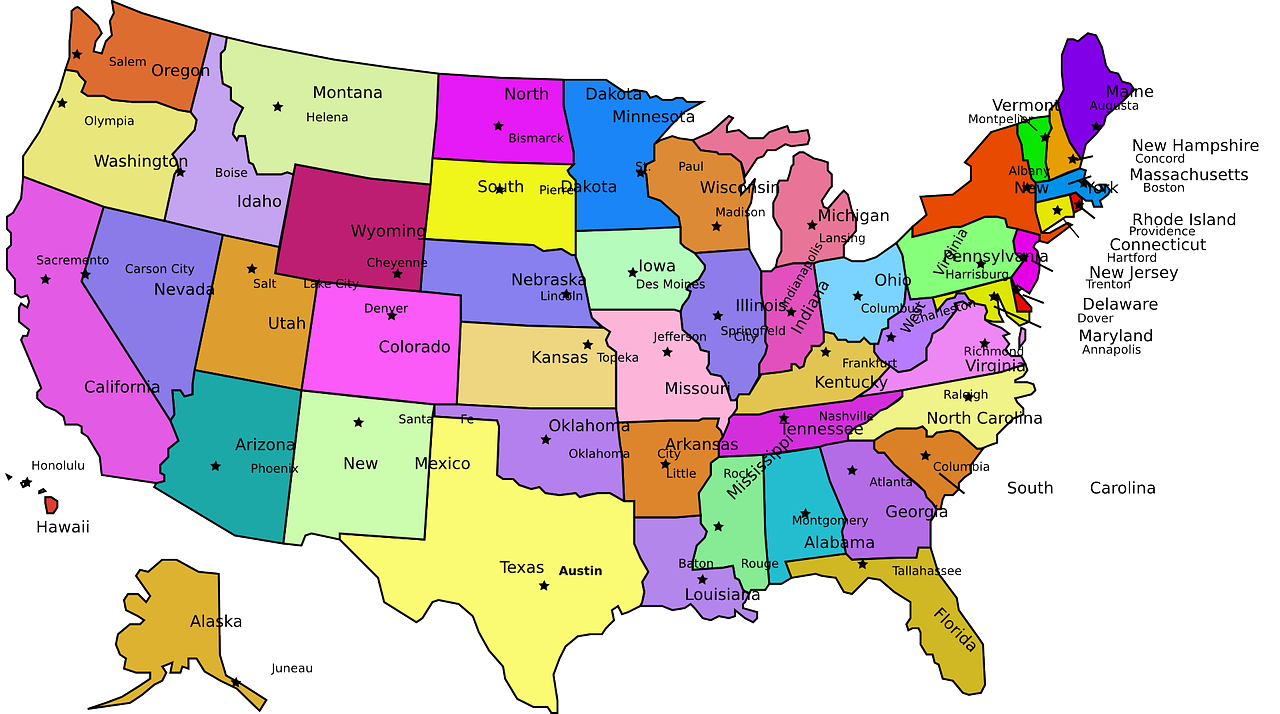- Women, young people and city voters all helped Democrats do better than expected.
- Many Latinos and older people backed the GOP in Florida, pushing the state more conservative.
- People who support abortion rights leaned Democratic on Election Day.
The anticipated “red wave” barely registered as a ripple in Tuesday’s midterm elections, with Democrats defying dismal projections and perhaps underscoring President Joe Biden’s characterization of the day as a battle for democracy and preservation of abortion rights despite voters’ ongoing economic pains.
“While the press and pundits predicted a giant red wave, it didn’t happen,” Biden said at a press conference Wednesday afternoon.
The president singled out young voters, who are believed to have turned out in record numbers for Tuesday’s results, including in Florida, where 25-year-old progressive activist Maxwell Frost became the first member of Gen Z elected to Congress.
And while it remains unclear whether Republicans or Democrats will have control of Congress in January, other analysts credited additional demographic forces and trends — namely women and suburban voters — for influencing Democrats’ strong showings in swing states such as Pennsylvania, Michigan and Georgia.
In Pennsylvania, Democrat John Fetterman bested Republican Mehmet Oz for the seat held by retiring GOP Sen. Pat Toomey, while in Georgia, Democratic Sen. Raphael Warnock and Republican challenger Herschel Walker are headed for a December runoff.
Moderate and progressive voters also moved to protect abortion rights in the state constitutions of Michigan, California and Vermont. In Kentucky, voters squashed an amendment that would have eliminated such rights entirely.
Here are some other takeaways from the 2022 elections:
Women’s voting influence ‘brushed off’
Elaine Kamarck, an expert on American electoral politics at the Brookings Institution, said analysts and pollsters underestimated the impact of abortion rights in driving the vote.
“What stands out to me is the tendency of people to discount the importance of abortion and what that would mean to suburban women,” Kamarck said.
In the same way that turnout in major city suburbs impacted races in 2018 and 2020, suburban women again showed up en masse to help fuel Democrats’ better-than-expected showing, she said.
Analysts, Kamarck said, tend to think of women in the same way as Black or Hispanic voters, concentrated in certain areas of the country and limited to mostly regional influence. That would be a mistake, she said, considering their sheer numbers: Women, she said, comprise 52% of the U.S. population, accounted for 55% of the last presidential electoral vote and are evenly distributed across the country.
“This understanding of the women’s vote was incredibly, and weirdly, brushed off as soon as people started saying they cared about inflation,” Kamarck said. “The polling here was really screwy.”
Additionally, abortion rights offered a clarity and intensity that set it apart from other issues.
“One party is clearly for it and the other is clearly against,” she said. “That’s not there with inflation. Everybody’s against inflation.”
Robert Oldendick, a political science professor at the University of South Carolina, said the results indicated that when voters in Kansas overwhelmingly approved the right to an abortion in August after the U.S. Supreme Court overturned Roe v. Wade, it wasn’t a fluke.
“Going in, we didn’t know if what happened in Kansas was just an anomaly or whether it would have lasting power,” he said. “Certainly, it seems like it did.”
Oldendick also credited substantial turnout among female voters for those victories – not just suburban women who might see abortion rights as an issue of choice or freedom, but low-income and minority women for whom the issue may be felt more acutely.
“My guess is that was an important component yesterday,” he said.
Florida Latinos continue rightward shift
Republicans did score big wins in parts of the country, notably in Florida and Texas, where Govs. Ron DeSantis and Greg Abbott handily won reelection bids. In Florida, victories by DeSantis and GOP Sen. Marco Rubio are the latest evidence that the state is turning increasingly red — and some say Latinos and older people are aiding the trend.
Both won Miami-Dade County, which Democrat Hillary Clinton carried by 29 percentage points in 2016, while DeSantis flipped at least six counties that he lost in 2018.
Florida twice helped propel former President Barack Obama to the White House, and registered Democrats outnumbered Republicans as recently as 2020. Now the shift is rightward, with Latino voters and newly settled retirees favoring the GOP.
“Democrats really have to think about how they are going to rebuild there,” said Carlos Curbelo, a former Republican congressman from Florida who was ousted from office in 2018 by a Democrat. “The Obama coalition no longer exists.”
For Democrats, Florida is “off the map for the foreseeable future,” Curbelo said.
Booming city suburbs deepen urban/rural divide
Kamarck, of the Brookings Institution, also credited a surge in voting in major city suburbs for Democrats’ better-than-expected showing.
“Somehow, everybody decided that would be a passing fancy, but that’s not true,” she said.
“These big cities and suburbs are really where the action is in most states,” Kamarck said, citing growing metro areas in Georgia, Pennsylvania, Arizona and Nevada in particular as emblematic of such areas shifting from solid red toward blue.
Such trends are drawing clearer divides between urban/suburban centers and rural areas, she said.
“If you have a vibrant urban center like Atlanta, that’s going to change the politics of the state toward Democrats,” Kamarck said. “The reason is not because people in Atlanta change their minds; it’s because of in-migration.”
In states like Arizona and Nevada, she said, much of that in-migration has been from California — “so when they move to Washoe County in Nevada, for example – surprise, they take their partisanship with them. This is something we overlook.”
With reporting from The Associated Press.



